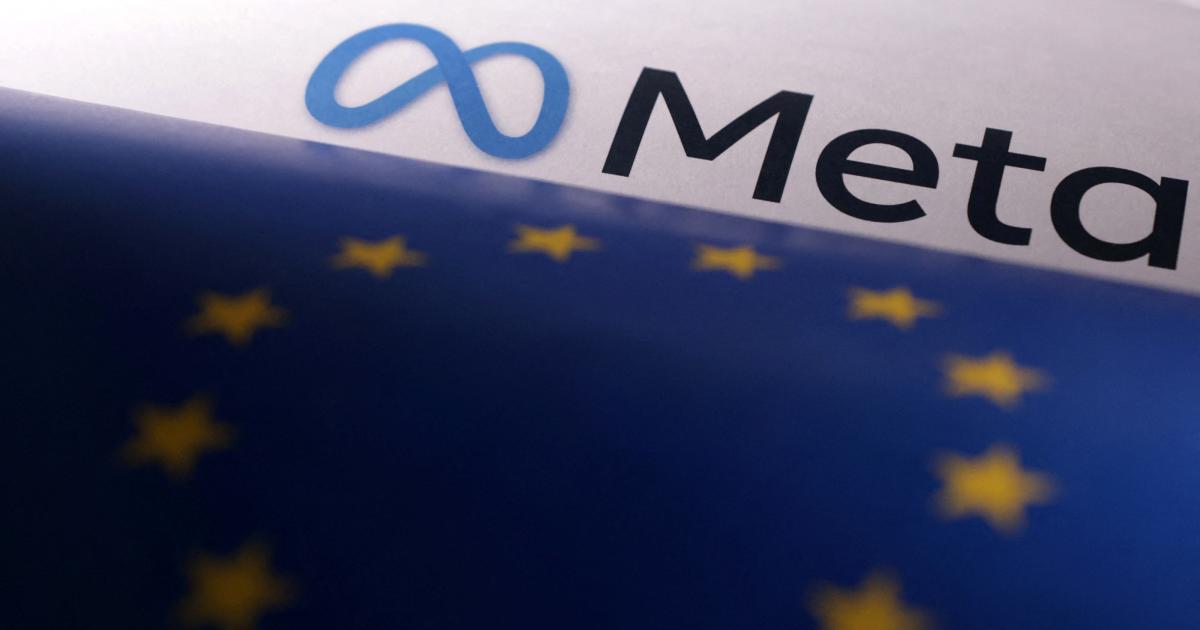Facebook and Instagram will offer chronological Stories and Reels to comply with EU law

Meta will soon offer Stories and Reels in chronological order, among other changes, to comply with the European’s Digital Services Act (DSA), the company announced. The changes were expected after the European Commission announced that it had reached an agreement in April to create new rules that would require platforms like Facebook to offer alternative systems “not based on profiling” as a key requirement.
Meta said it has mobilized over 1,000 people to “develop solutions to the DSA’s requirements.” Some of the changes will increase transparency about how its systems work and provide users more options to tailor their experiences on Facebook and Instagram. At the same time, it’s establishing an “independent compliance function” to ensure it meets ongoing regulatory obligations.
Starting later this month, Meta will offer Reels, Stories, Search and other parts of Facebook and Instagram that are unranked by Meta using its AI recommendation process. “For example, on Facebook and Instagram, users will have the option to view Stories and Reels only from people they follow, ranked in chronological order, newest to oldest,” wrote Meta President of Global Affairs Nick Clegg.
It’s not clear how Meta will implement the change. The main Feed on Instagram already allows users to sort by Following instead of using the algorithm-based approach. However, the “Following” feature is effectively a secondary page on Instagram, and the app always defaults to the algorithmic “For You” option when first opened. Facebook is even more of a hassle, forcing you to select a menu, go into Feeds and tap “Friends” rather than “All.”
Users will also be able to view Search results based only on the words they enter, rather than results personalized specifically to them based on their previous activity and personal interests. The company is also providing more information about how its AI systems rank content via 22 system cards for Facebook and Instagram, adding to its “Why Am I Seeing This” feature.
“These cards provide information about how our AI systems rank content for Feed, Reels, Stories, and other surfaces; some of the predictions each system makes to determine what content might be most relevant to people; and the options available to help customize an experience on Facebook and Instagram,” Meta said.
Meta is also expanding its Ad library to display and archive all ads (for one year) that target EU users, including date run, parameters used for targeting (age, gender, location), who received the ad and more. It’s also rolling out two new tools for researchers that include publicly available content from Pages, Posts, Groups and Events.
The company said that it “welcomes the principles of transparency, accountability and user empowerment at the heart of the DSA,” adding it has “long advocated for a harmonized regulatory regime.” However, Meta previously expressed extreme displeasure when Apple introduced changes that allowed users to easily opt out of targeted advertising starting with iOS 14. To that end, observers will no doubt be keenly interested in how the changes are implemented and whether they follow the letter, if not the spirit, of the new law.


